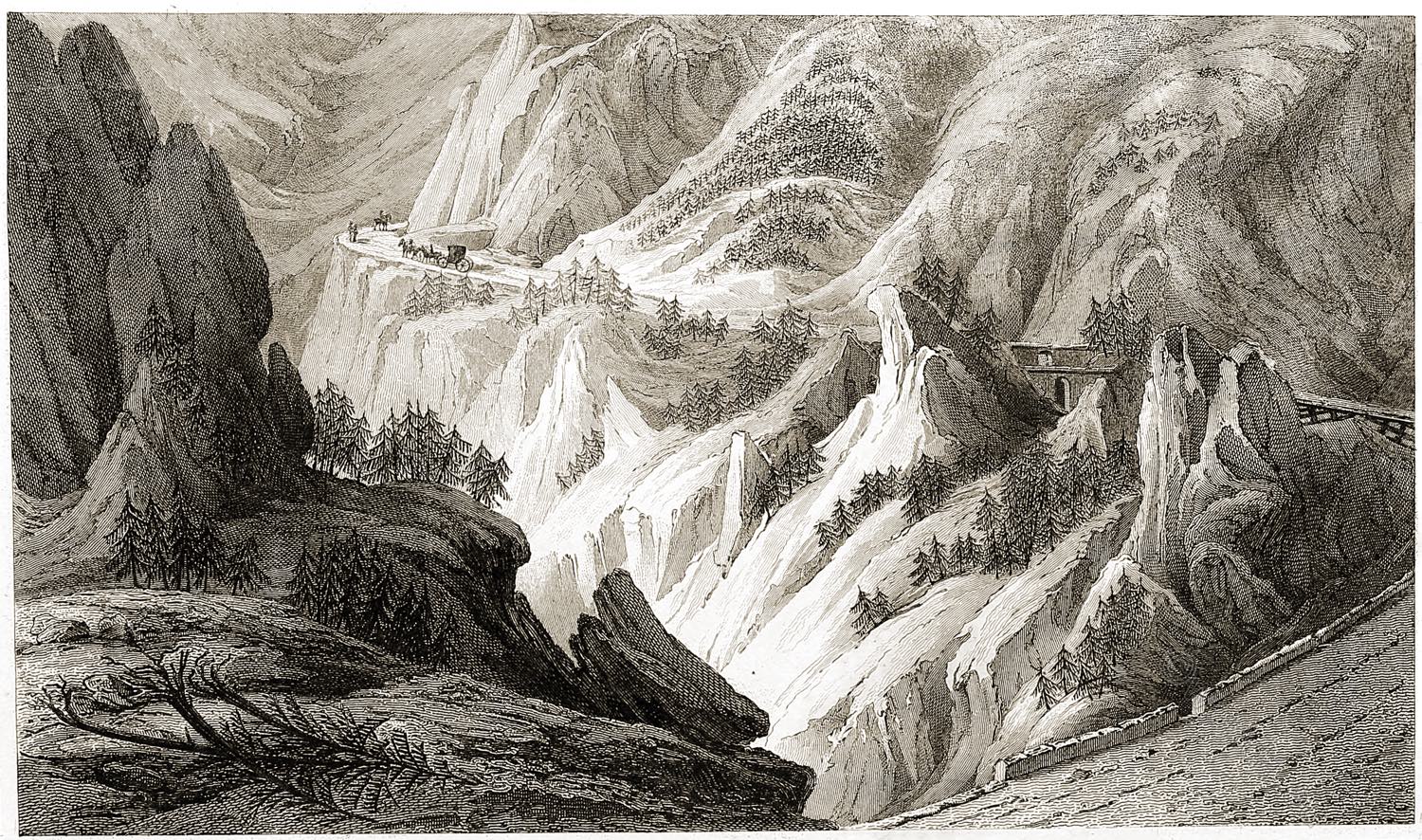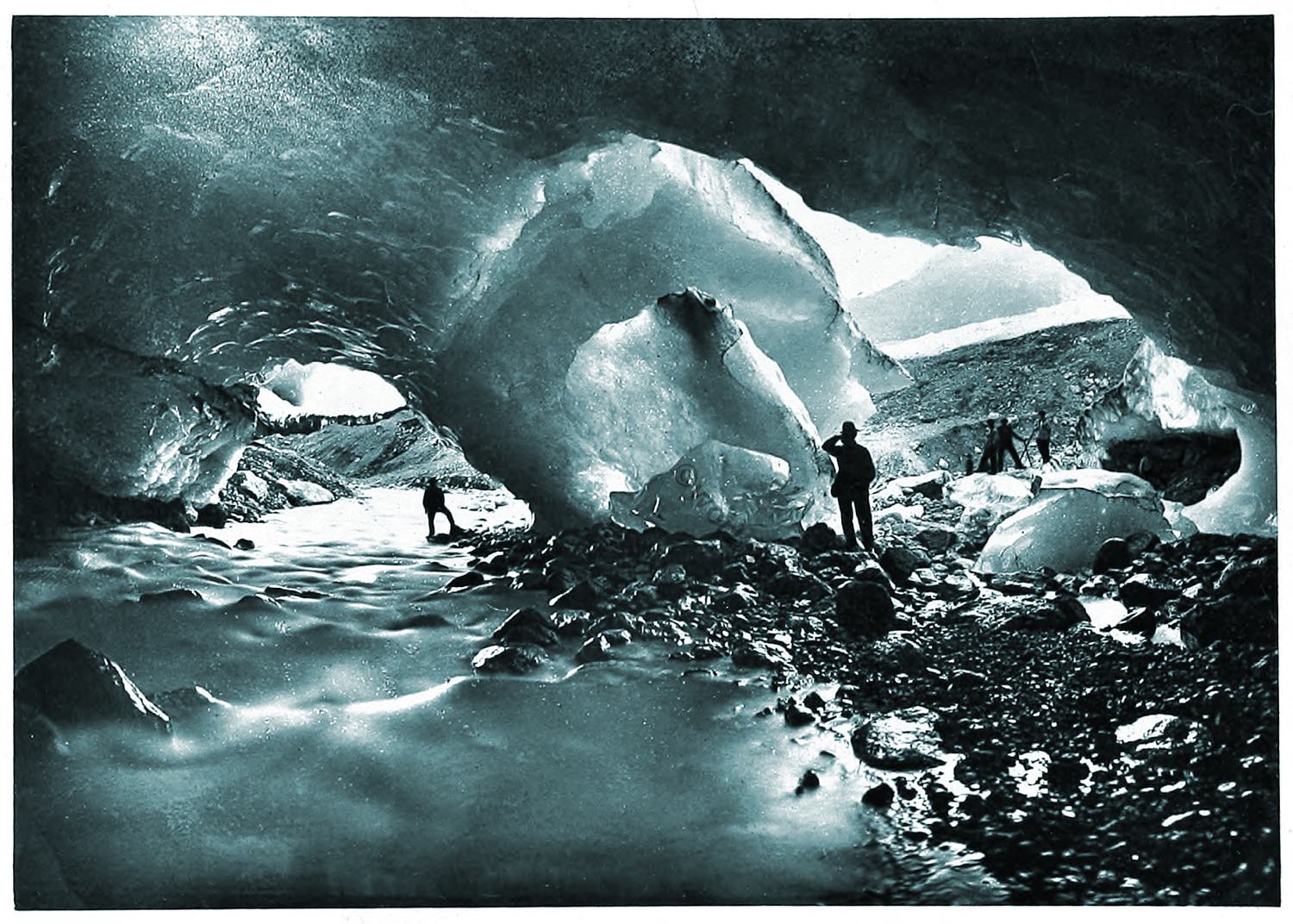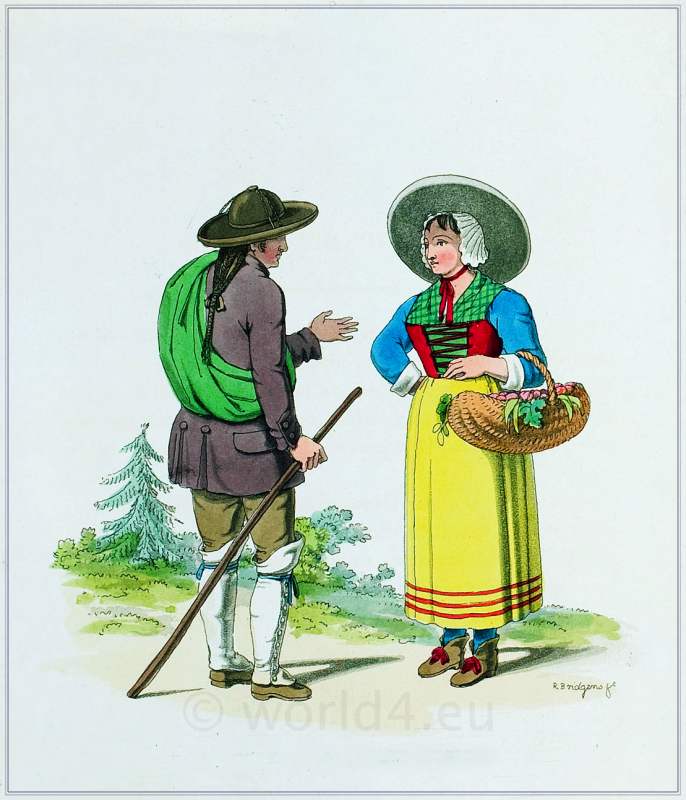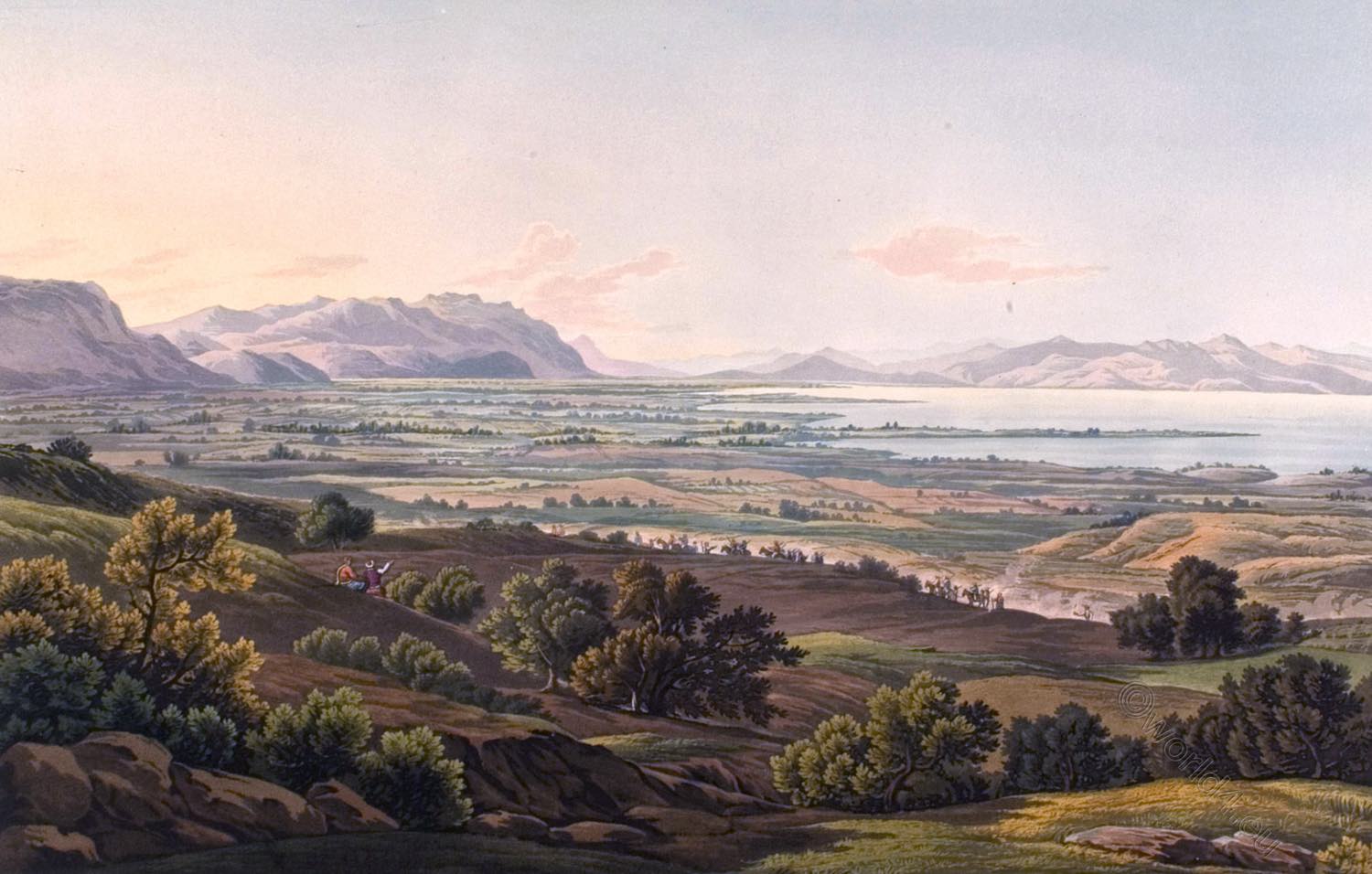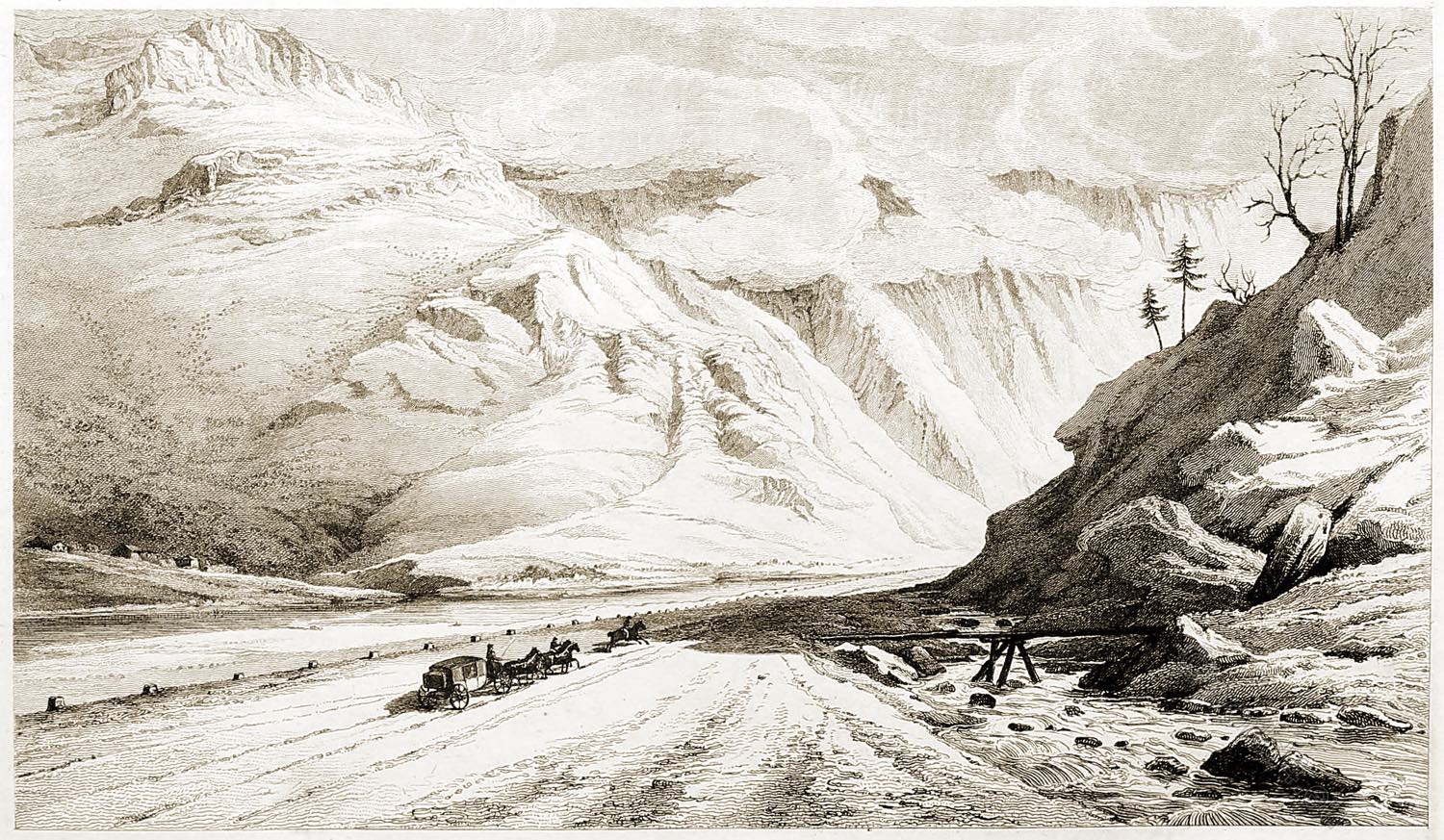
AIGUEBELLE.
Ascent to Mount Cenis.
PLATE I.
From the beautiful valley in which lies Chambéry, the capital of Savoy, the road near the junction of the Arco with the Isere, after passing over the bridge of the latter, reaches Aiguebelle. This village is well situated, and peculiarly susceptible of defense, from the rugged nature of the country; and is remarkable for having been nearly buried, in the year 1760, by a disrupted mass of earth which fell from the mountain above.
The surrounding country is impracticable, and almost every where incapable of cultivation, although some parts are otherwise. The poor people wretched, and without food; while the monstrous wen like swellings in their necks, here so prevalent, render them objects rather of disgust than compassion.
From St. Jean de Maurienne the country rises more quickly, and the coldness of the atmosphere becomes perceptible. The road is good; although, being mostly confined between the river, which it frequently crosses, and the nearly perpendicular rock, it is sometimes dangerous, from liability to the effects of avalanche; while the frequent passes, rocky eminences, and romantic steeps, mark the confines of the more savage regions of the Alps.
Source: Italian scenery from drawings made in 1817 by Elizabeth Frances Batty. London: Published by Rodwell & Martin, 1820.
Related
Discover more from World4 Costume Culture History
Subscribe to get the latest posts sent to your email.

